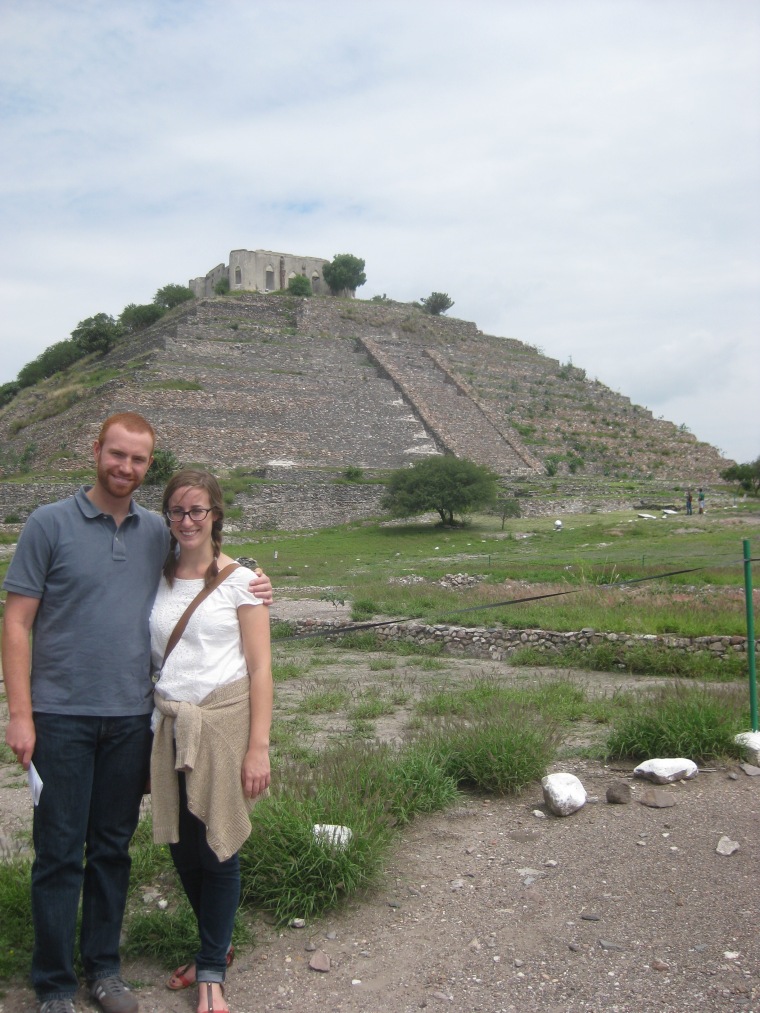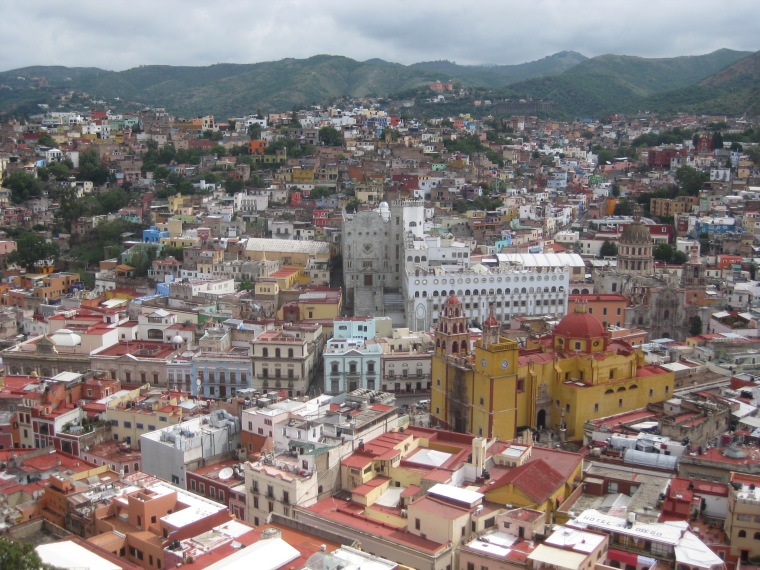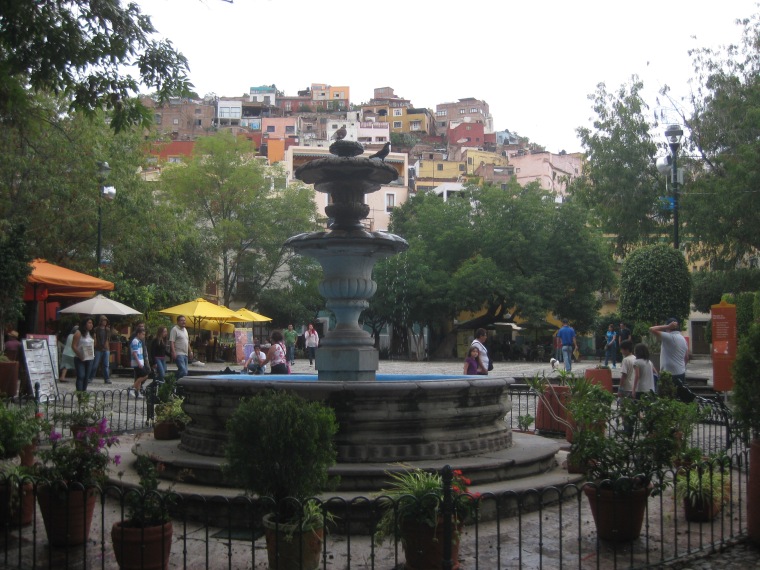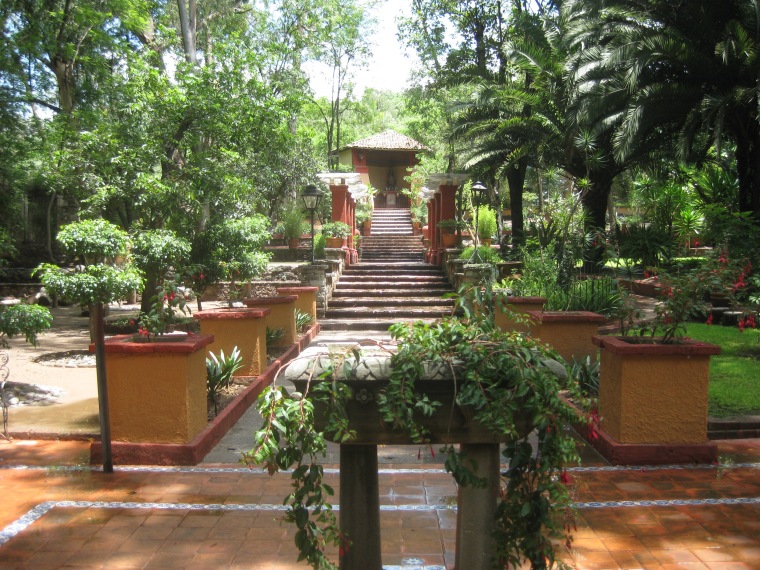Thinking about travelling to México meant worrying about drinking the water. It’s fun to joke about Montezuma’s revenge when the water spurting out of your tap at home is 100% safe to drink, but once you’re on the other side of the border, ingesting a piece of lettuce washed in unfiltered H2O or opening your mouth in the shower is suddenly terrifying. Before arriving in México, I assumed that most Mexicans would drink the tap water like we do here, their stomachs and systems being accustomed to the weird bacteria that would give my plumbing a rude awakening. Instead, almost everyone imbibes only filtered water bought in giant, thick, plastic jugs. I expected for beer to be considered water and to have to steer clear of coffee, but the culinary scene is a lot more varied than the Tex-Mex we normally chow down and so are your options of what to wash down your spicy poblano sauce with.

For breakfast, and breakfast is a sit down affair, with typical Mexican portion sizes (read: generous!), you could try out a café de la olla. Translated roughly to pot coffee, I thought I was ordering a normal drip coffee, a lá Waffle House, but I was served a cinnamon spiced-sweet caramel liquid in a rustic potted mug. Charming, but not the strong, bitter brew I hoped for. It’s worth finding out what café de la olla is, but probably not worth a repeat experience.
Another recommendation for breakfast time is a fresh fruit juice. Most common is orange juice, but sometimes you might be surprised with a twist, like carrot-orange.
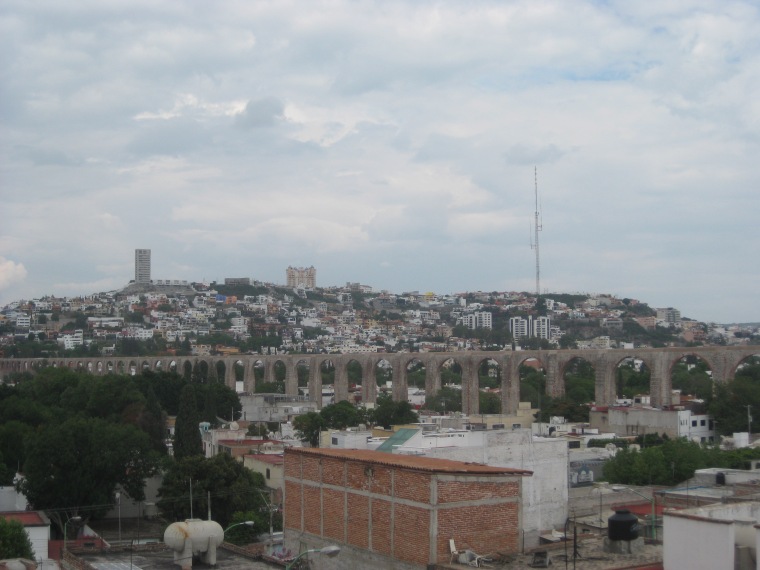
At lunch, I’d recommend you find a restaurant where it seems those on a working lunch break are headed and follow them to their local fonda. Again, my expectation was for folks to have lunch between 11 and 1:30, but really, the locals don’t sit down for their midday meal until 3 pm (though starving tourists don’t stand out too much if they can make it until 2 pm). Along with your four course lunch, you should order the agua fresca of the day. (Filtered) Water mixed with seasonal fresh fruit juice is served in a carafe for the table to share. Our first trip we made the rookie mistake of ordering a cerveza with lunch and then we longingly spied those in the know quenching their thirst the true Mexican way. A couple flavors we tested were hibiscus flower (agua de jamaica), grapefruit (toronja), lemon (limonada), lime (lima), pineapple (piña) and orange (naranjada). Grapefruit agua fresca stood out as the clear favorite, followed by the pineapple variety. The drink can be cloyingly sweet depending on the house recipe, but we did ask once for it to be less sweet, which was no problem, as the proprietor informed us it was made to order.
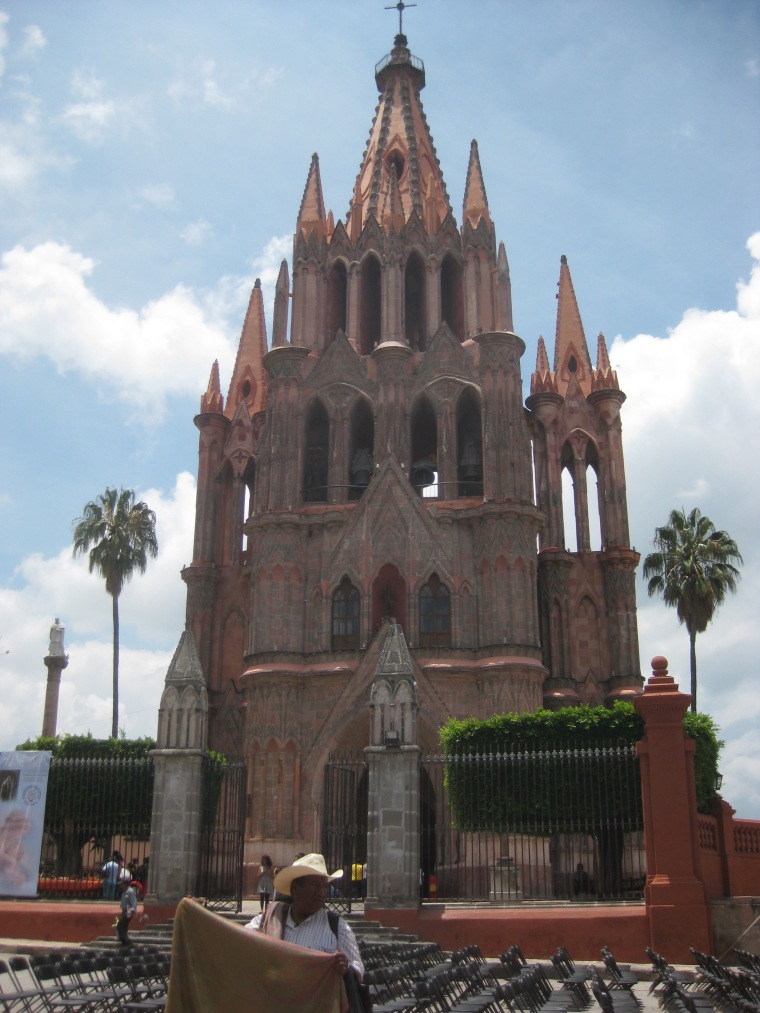
In stark contrast to Spain, México really doesn’t have an all day bar culture. Students might go out in the evening with friends, but a social life that revolves around a glass of wine and a bite to eat at the local watering hole just doesn’t exist. The culture still seems family oriented and centered around being with each other- great-grandma to granddaughter, walking, sitting, eating, but not drinking (publicly, anyway) much. Beer does have its place though, mostly at dinner time, and there are two distinct ways to have a cold one.
A chelada is a dark beer served over a couple of tablespoons of pure lime juice in a salt-rimmed, chilled mug.
A michelada isn’t for everyone. Spicy tomato salsa and lime juice cover the bottom of your red-pepper and salt rimmed mug, over which a dark beer is then poured. Neither a chelada or a michelada taste much like beer, which is a shame as Mexico can brew a decent lager.
Another drink on your list to try should be pulque, made from the fermented sap of the agave plant. It has a milky, pulpy consistency, low alcohol content (5%~) and is normally mixed with a fruit juice to make it palatable. I tried it once and that’s enough.


And of course, tequila, made from the agave plants grown only in the region of Jalisco, and mezcal, the same liquor, but made with agave plants grown outside the region of Jalisco. Many times these are served as an aperitif or digestive with sal de maguey (salt from the maguey worm-sounds gross, tastes good), red pepper and oranges. Hope you have as much fun figuring out what to try next as we did!

